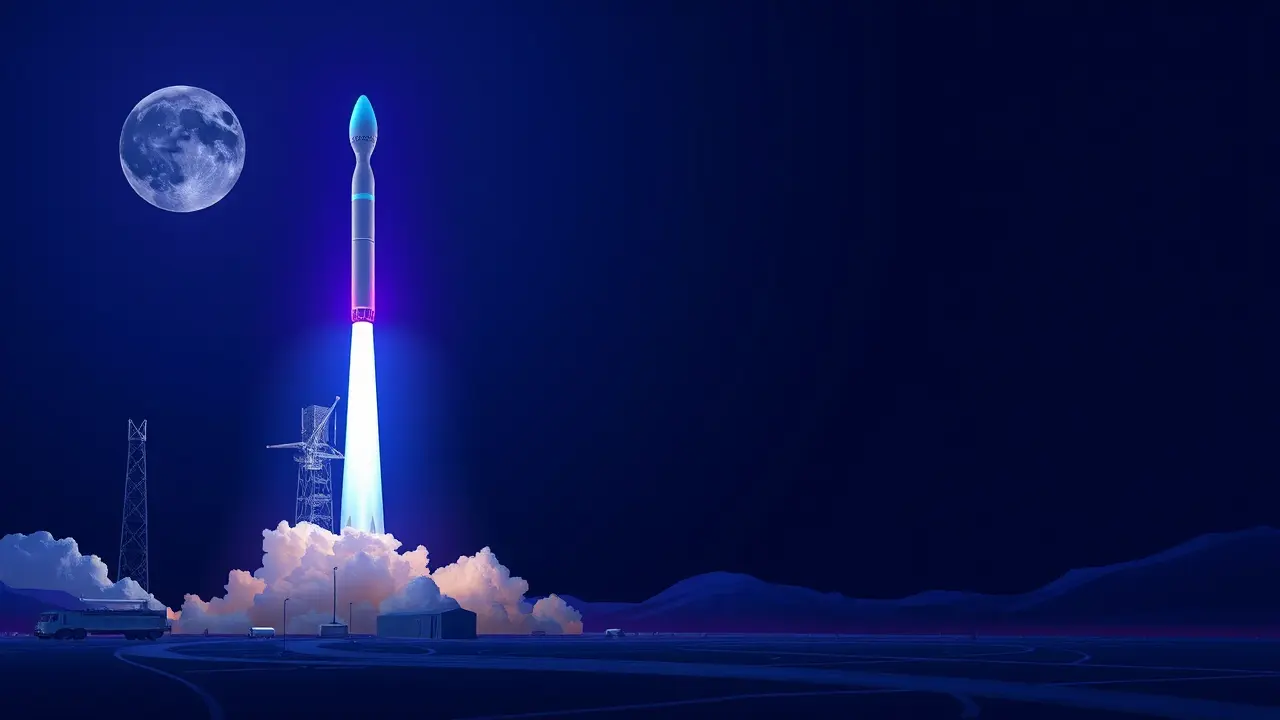
Sciencespace & astronomyNASA Missions
Blue Origin's second New Glenn launch targets November 9.
TH
Thomas Green
5 hours ago7 min read1 comments
Blue Origin has officially targeted November 9 for the second launch of its formidable New Glenn rocket, a mission that marks a significant departure from its inaugural flight by carrying the tangible, scientifically crucial payload of NASA's Escapade mission. This isn't merely another test; it's the vehicle's first real foray into the demanding world of interplanetary delivery, ferrying twin satellites on their complex journey to Mars.The New Glenn, a heavy-lift launch vehicle engineered from the ground up for reusability with a design life of at least 25 flights, successfully reached space on its maiden voyage in January, though the company's ambition to land the first stage on its Atlantic recovery ship went unfulfilled. In a refreshingly pragmatic stance, Blue Origin CEO Dave Limp has publicly framed the priorities for this upcoming launch, clarifying that the primary objective is the safe orbital insertion of the Escapade satellites, with the booster landing representing a secondary, albeit important, goal.Limp's candid admission that a failed landing is acceptable because 'we've got several more New Glenn boosters already in production' signals a strategic shift towards operational tempo and mission success over perfecting reusability on every single attempt, a learning curve familiar to those who have followed the iterative development of modern launch vehicles. The Escapade mission itself is a marvel of orbital mechanics, challenging the conventional wisdom of Mars travel.Traditionally, missions to the Red Planet must launch during a narrow window of opportunity that occurs only once every 26 months when Earth and Mars are optimally aligned. The Escapade spacecraft, designed by Colorado's Advanced Space, will boldly bypass this constraint.Their trajectory is a masterclass in patience and precision: after launch, the satellites will not head directly toward Mars but will instead loiter for approximately a year at a gravitationally stable point in space known as the Sun-Earth Lagrange point 2. Then, in a celestial slingshot maneuver around Earth in November 2026, they will gather enough momentum to finally coast toward Mars, arriving in 2027 during the next ideal planetary alignment.As Jeffrey Parker of Advanced Space aptly put it, 'Can we launch to Mars when the planets are not aligned? Escapade is paving the way for that. ' This innovative approach could fundamentally alter the logistics of deep space exploration, offering unprecedented flexibility for future robotic and crewed missions.The launch is scheduled for 2:45 PM Eastern Time from the historic Launch Complex 36 at Cape Canaveral Space Force Station, a pad with its own rich legacy now being repurposed for a new era of spaceflight. While the specter of a U.S. government shutdown may curtail some of NASA's planned coverage, the agency is still expected to provide a livestream, allowing the world to witness this critical step not just for Blue Origin's commercial ambitions, but for the broader future of flexible interplanetary travel.
#Blue Origin
#New Glenn
#NASA Escapade
#Mars mission
#rocket launch
#featured
Stay Informed. Act Smarter.
Get weekly highlights, major headlines, and expert insights — then put your knowledge to work in our live prediction markets.
Related News
© 2025 Outpoll Service LTD. All rights reserved.
